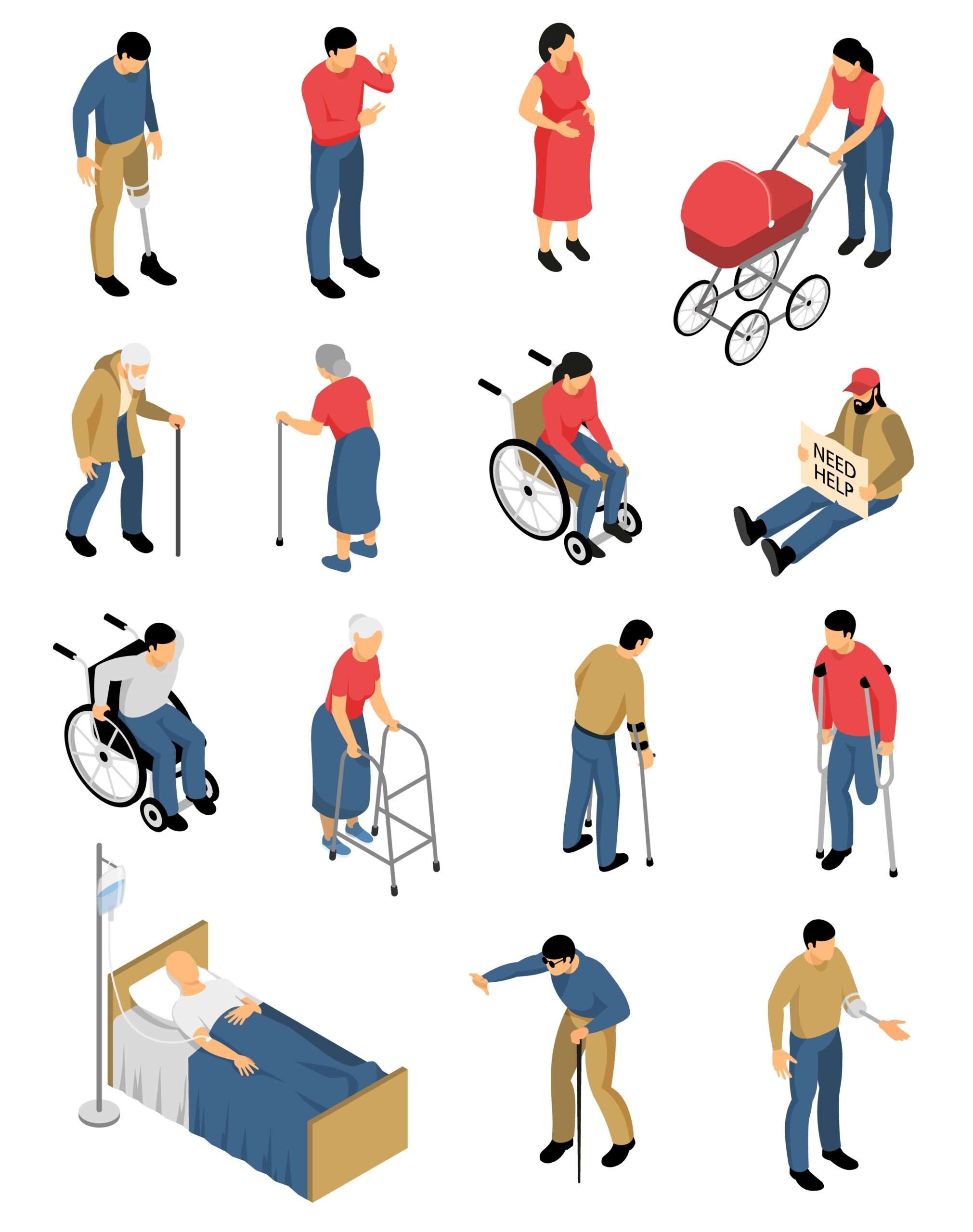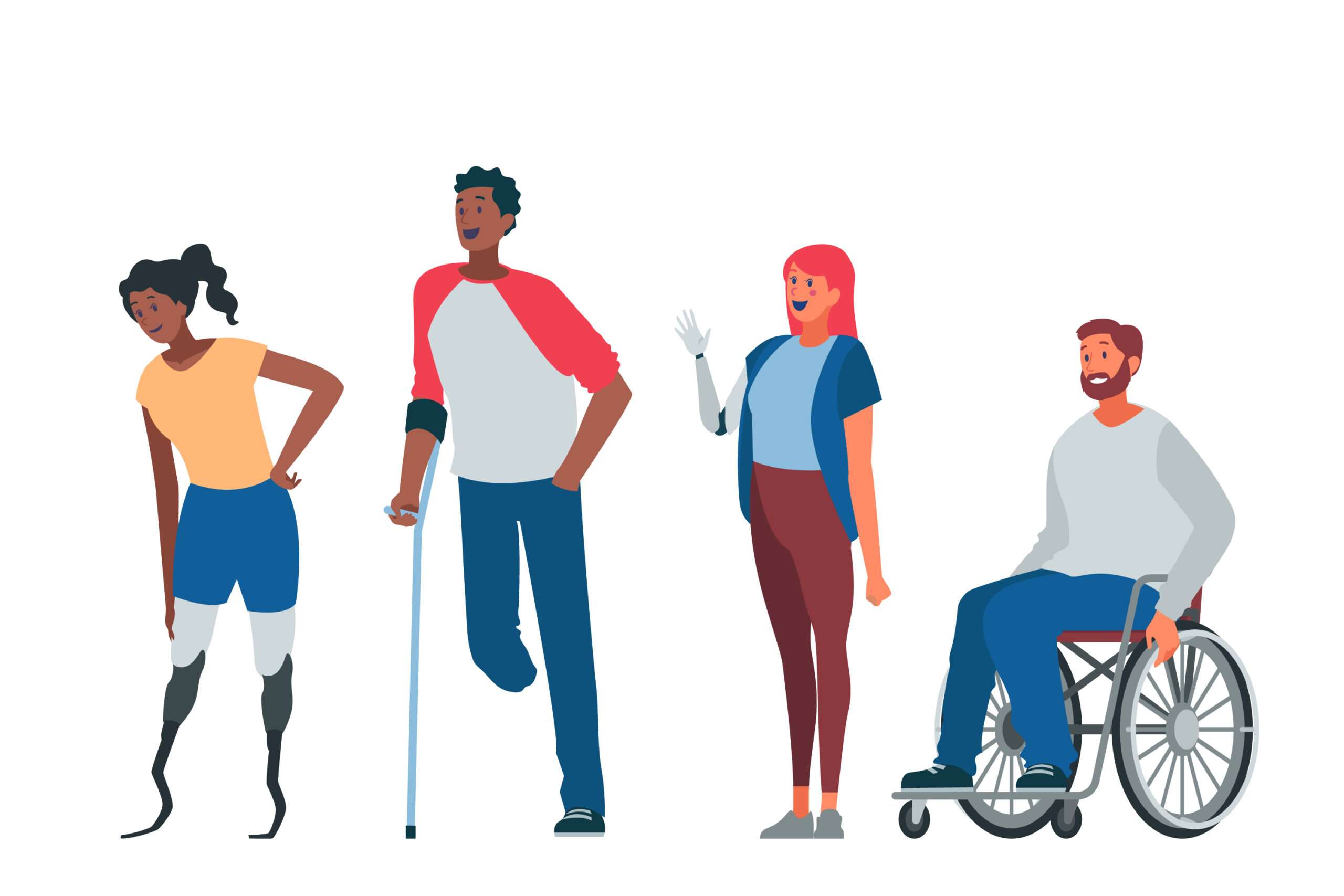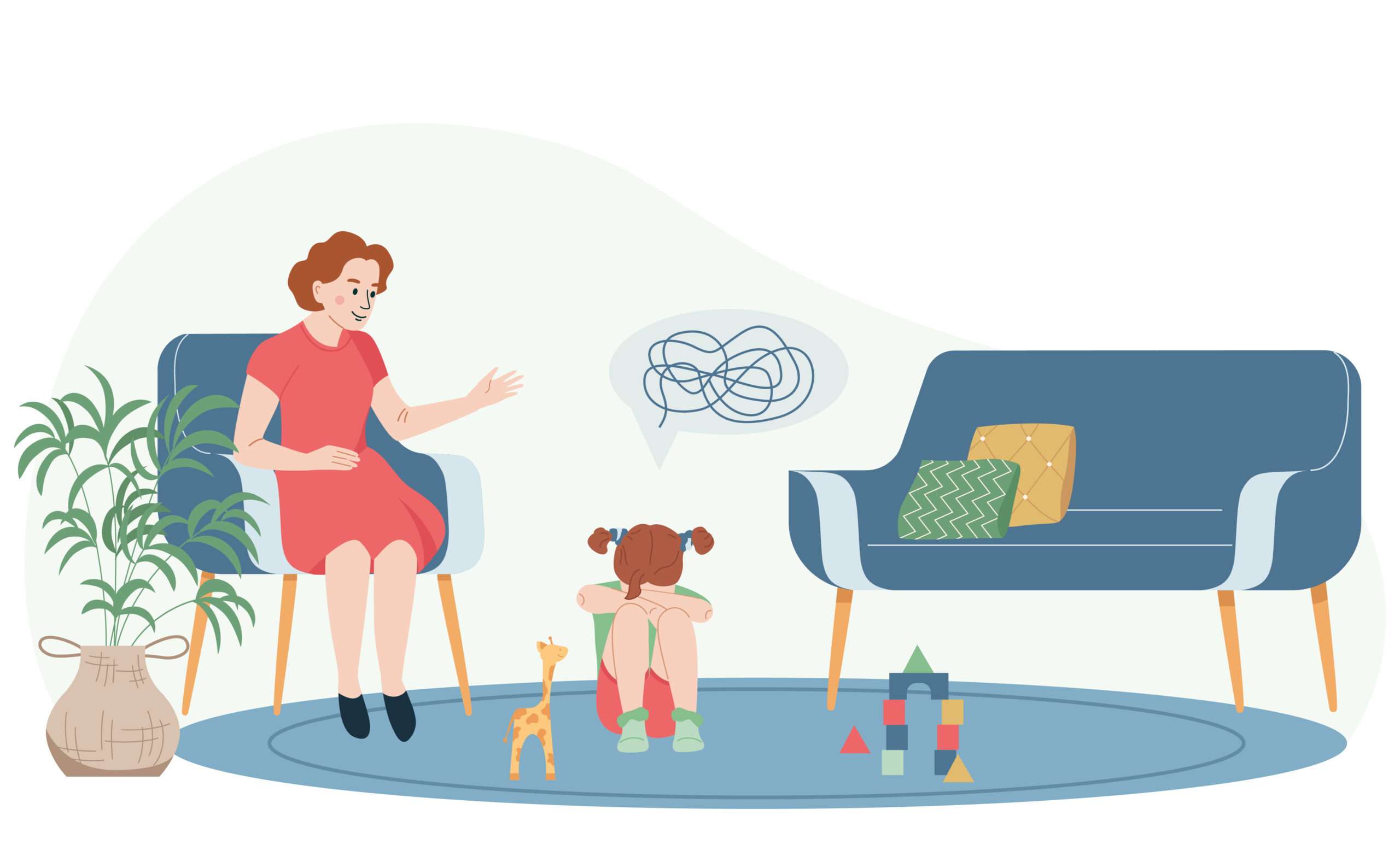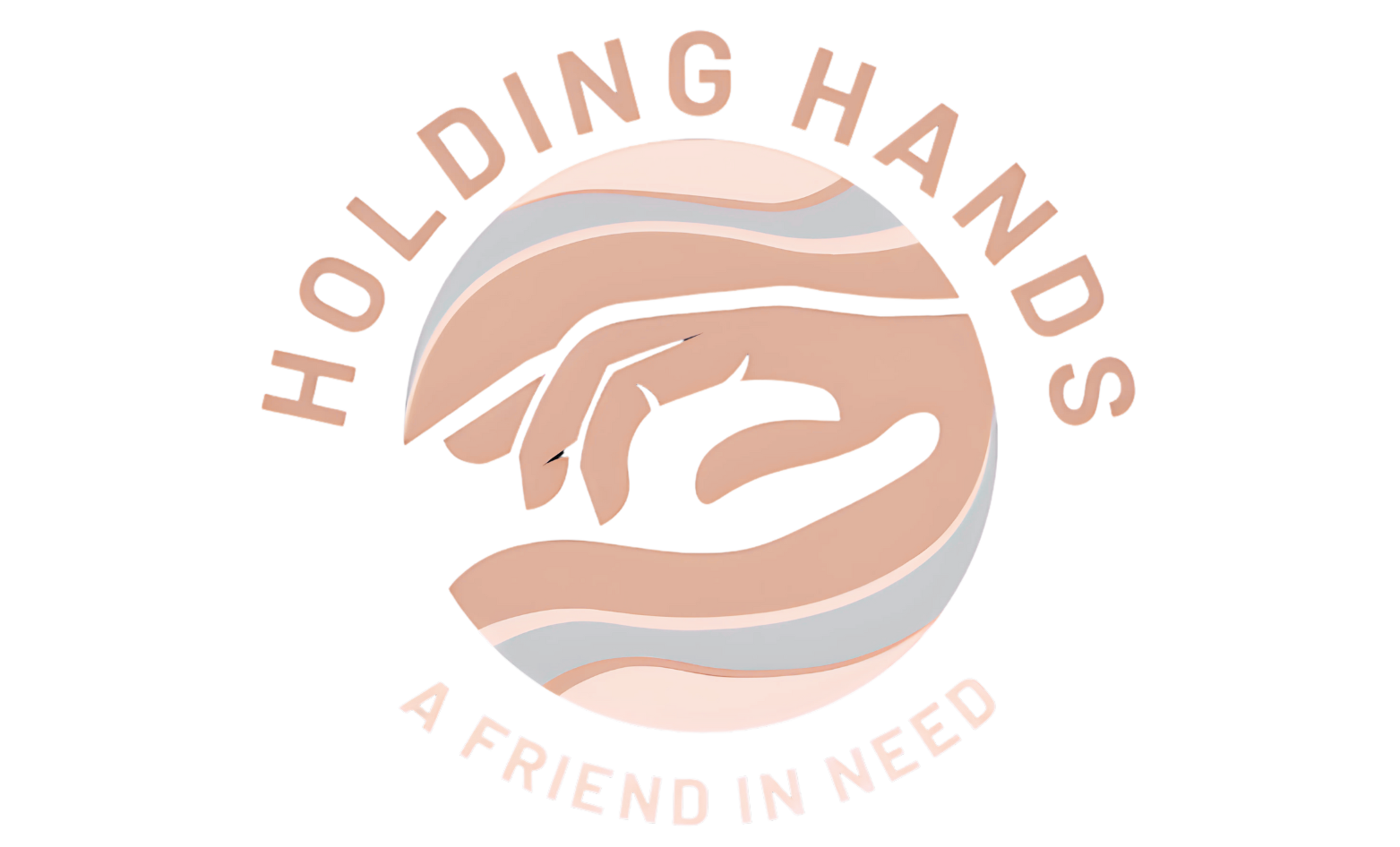Learn about Cerebral Palsy, its causes, symptoms, risk factors, and treatment options. Get informed on how to support individuals with CP.
Table of Contents
Toggle
What is Cerebral Palsy?
Cerebral Palsy (CP) encompasses neurological disorders that affect an individual’s ability to control their muscles, balance, and posture. This condition is a leading cause of severe physical impairments in children.
Cerebral Palsy results from abnormal brain development or injuries to the developing brain in young children. This can impair a child’s ability to coordinate their muscular movements. For example, a child with CP may find it challenging to perform activities that require coordination, such as walking, standing, or maintaining a steady sitting position. The severity of CP can vary widely; some individuals may exhibit mild symptoms, whereas others face more profound impairments.
If you are facing difficulties related to cerebral palsy, our experienced psychologists are here to help.


What are the causes of Cerebral Palsy?
According to research, Several factors contribute to the development of Cerebral Palsy, which can occur before, during, or after birth. A breakdown of these causes includes:
Before Birth:
Nutritional Deficiencies:
Insufficient nutrients during fetal development can adversely affect the brain’s growth.Genetic Disorders:
Certain genetic abnormalities may disrupt normal brain development, leading to CP.Brain Malformations:
Abnormal brain formation during pregnancy can cause functional issues, manifesting as CP.
During Birth:
Oxygen Deprivation:
Limited oxygen supply during delivery can cause brain damage, potentially resulting in CP.Prematurity:
Prematurely born infants are more susceptible to various health issues, including brain damage that leads to CP.
After Birth:
Severe Infections:
Infections like meningitis can damage the brain and spinal cord, contributing to CP.Head Trauma:
Brain injuries during early childhood can also lead to CP.
What are the symptoms of Cerebral Palsy?
Research says that Symptoms of CP vary but primarily involve difficulties with movement and coordination. Key symptoms include:
Muscle Tone:
Individuals with CP may have muscles that are either too stiff or too floppy, complicating movement.Motor Skills:
CP can affect fine skills, making tasks like tying shoes or writing challenging.Posture:
Abnormal posture, such as uneven shoulder alignment or a tilted stance, is common in CP due to muscle tone irregularities.Balance and Coordination:
Many with CP struggle with tasks that require balance and coordination, such as walking or using tools.
If you or a loved one is struggling with the effects of CP, our dedicated team of psychologists is here to provide support. Reach out to us for a consultation.
What are the risk Factors for Cerebral Palsy?
Certain conditions increase the likelihood of developing CP:
Premature Birth:
Babies born before 37 weeks are at a heightened risk due to incomplete brain development.Low Birth Weight:
Infants weighing less than 5.5 pounds at birth face higher risks of CP, often due to developmental challenges in the womb.Multiple Births:
Twins or other multiples are at increased risk, particularly if the pregnancy involves complications like premature birth.Maternal Infections:
Infections during pregnancy can disrupt foetal brain development, raising the risk of CP.Complicated Labour:
Difficult deliveries that stress the baby can lead to CP by causing brain damage or oxygen deprivation.
How Can You Prevent Cerebral Palsy?
While it is not possible to prevent all cases of Cerebral Palsy (CP), certain practices can help minimise the risks associated with the development of this condition:
Comprehensive Prenatal Care:
Attending all scheduled prenatal appointments is vital. These appointments allow healthcare providers to monitor the health of the mother and the developing baby, addressing any conditions that could contribute to premature delivery or developmental problems in the fetus. Regular medical oversight during pregnancy can significantly decrease the likelihood of complications that might lead to CP.Immunizations:
It is crucial for pregnant women to receive vaccinations against infectious diseases like rubella and chickenpox, which can severely impact fetal development if contracted during pregnancy. Vaccinations not only protect the mother but also safeguard the fetus by reducing the risk of infections that could cause cerebral damage.Adopting a Healthy Lifestyle:
Expectant mothers are advised to lead a healthy lifestyle, which includes abstaining from smoking, alcohol, and illicit drug use. Such substances can harm the developing brain of the fetus. Additionally, a nutritious diet and regular physical activity can support overall fetal health and development.Management of Existing Health Conditions:
Pregnant women with chronic health issues, such as diabetes or hypertension, should manage these conditions diligently. Uncontrolled health issues can lead to complications such as an oversized fetus or premature labor, increasing the risk of CP. Effective management through medical treatment and regular monitoring is essential to mitigate these risks.

How to Diagnose Cerebral Palsy?
The process of diagnosing Cerebral Palsy involves several steps aimed at accurately identifying the disorder and distinguishing it from other developmental conditions:
Developmental Monitoring:
This is the initial step, involving regular observations of a child’s growth and development milestones. Through consistent tracking by parents and healthcare providers, any abnormal or delayed development patterns can be identified early, potentially indicating cerebral palsy or another developmental disorder.Developmental Screening:
This involves more targeted tests and assessments at specific developmental stages to evaluate whether a child’s growth aligns with typical age-related milestones. These screenings can help detect problems in motor skills, speech, and cognitive development, leading to further assessments if cerebral palsy is suspected.Neurological Imaging:
Brain imaging technologies like MRI (Magnetic Resonance Imaging) or CT (Computed Tomography) scans are crucial in diagnosing CP. They provide detailed images of the brain, revealing any abnormalities that suggest cerebral palsy, such as damage or unusual brain development.Referral to Specialists:
If initial tests and screenings suggest cerebral palsy, a referral to a specialist, such as a paediatric neurologist or developmental paediatrician, is necessary. These experts perform detailed evaluations to confirm a CP diagnosis and differentiate it from other similar disorders, facilitating a tailored treatment plan.
Are you or someone you care for experiencing these symptoms? Our compassionate psychologists can help you navigate these challenges. Contact us here for more information.
What is the Difference Between Clubfoot and Cerebral Palsy?
Clubfoot and Cerebral Palsy are distinct conditions affecting mobility but differ significantly in their causes and impacts:
Clubfoot:
This condition involves a deformity where one or both feet are rotated inward and downward at birth, affecting the bones, muscles, and joints of the foot. Clubfoot is structural and does not result from brain damage but rather from abnormal development of the foot’s structures. It is usually identifiable at birth and can often be corrected through treatments such as stretching, casting, or surgery.Cerebral Palsy:
CP encompasses a group of disorders affecting a person’s ability to move and maintain balance and posture. It is caused by brain abnormalities or damage occurring during foetal development or around the time of birth. CP impairs the brain’s capability to manage body movements and muscle control, potentially affecting one or multiple limbs or the entire body, which is a broader scope compared to the specific impact of clubfoot on the feet only.

When to See a Doctor for Cerebral Palsy?
It is critical to consult a healthcare professional if you observe any indications or symptoms that might indicate Cerebral Palsy in a child. Here are particular circumstances that warrant a medical consultation:
Observing Developmental Milestones:
Be alert if a child does not meet developmental milestones such as rolling over, sitting without support, standing, or walking within the typical age range.Concerns About Muscle Tone:
Noticeable unusual stiffness or laxity in muscles.Difficulties with Motor Skills:
Challenges in performing fine motor tasks like holding small objects or broader movements such as maintaining balance.Asymmetrical Body Posture:
Persistent uneven posture or a noticeable preference for using one side of the body over the other.
What are the Treatment Options for Cerebral Palsy?
The goal of treating Cerebral Palsy is to enhance an individual’s capabilities and promote as much independence as possible. Treatment typically involves a multifaceted approach:
Physical Therapy:
Tailored exercises aimed at boosting mobility, muscle strength, and flexibility.Occupational Therapy:
Strategies and tools to facilitate daily living activities, fostering greater self-reliance.Support in developing better communication abilities. Discover more in our detailed article on Speech and Language Disorders.Assistance with speech and communication skills. To know more read our blog on Speech and language disorder
Pharmacological Treatments:
Medications designed to alleviate muscle rigidity and control spasms.
Surgical Interventions:
Surgical procedures may be necessary to correct physical abnormalities or alleviate discomfort.Adaptive Equipment:
Recommendations for supportive devices such as wheelchairs, walkers, or orthotics to enhance movement and daily functionality.
If you are going through a tough time and need someone to talk to, we are here for you. Reach out to us for a heartfelt chat or a comforting call with one of our caring psychologists. You are not alone in this journey, we are always here for you.




